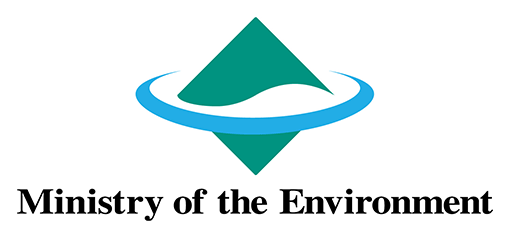Peninsular Malaysia and Singapore are part of the Sundaland biodiversity hotspot with one of the highest numbers of species in the world. Butterflies (Lepidoptera) are arguably the most well-studied megadiverse terrestrial invertebrates in this region with a long taxonomic history in various localities and ecoregions. Yet, with an estimated butterfly diversity of 1,200 species in the region, there is a clear under-representation within GBIF.org having only specimen records of less than a third of this number.
The Lee Kong Chian Natural History Museum (LKCNHM) joined the international Butterflies of the Southeast Asian Islands Project recently and aims to mobilize specimen data through the digitization of ~10,000 butterfly specimens, with priorities to achieve high coverage of all representative families/subfamilies available.
Publication of these specimen data will directly increase the species representation for the targeted region to ~90% with georeferenced data belonging to a critical time period of drastic landscape modifications (1960-1990). Availability of this data will bridge the gap between historical data and contemporary knowledge of butterfly species in the region, and at the same time promote further scientific investigations into this remarkable regional butterfly diversity.
Project Progress
The project began with a project member obtaining a biodiversity data mobilization advance badge and publishing its first dataset “Butterflies of Singapore and Peninsular Malaysia (Hesperiidae)”.
Data mobilization for this project involved data transcription of original labels, specimen imaging and georeferencing of individual specimens that were already identified and the end of the project the results of data publishing activities were: 12,702 specimens transcribed, 25,245 images taken, 1,435 species and subspecies recorded, 187 unique localities georeferenced.
The results of the number of specimens mobilized exceeded expectations and all specimen data was published as 6 datasets, each representing one butterfly family.
Project outcomes were shared at the GBIF Asia Virtual Summit 2020, in July 2020. Also in August 2020 within the Lee Kong Chian Natural History Museum community, when the project conducted internally a sharing session and a training workshop about the aims of GBIF and BIFA and how this project was conducted, together with a quick tutorial on some useful tools for data cleaning.
Despite the COVID-19 pandemic and other challenges encountered by the project team, the project was able to adjust its timeline and optimize workflows throughout the project to overcome these and achieve its objectives. Post project the team intends to continue sharing project results through the LKCNHM’s established communications channels for wider public consumption, such as the museum's webpage, Facebook page, Twitter account and Instagram account.
Post project activities
Information about project outcomes has been further shared through the following media coverage:



